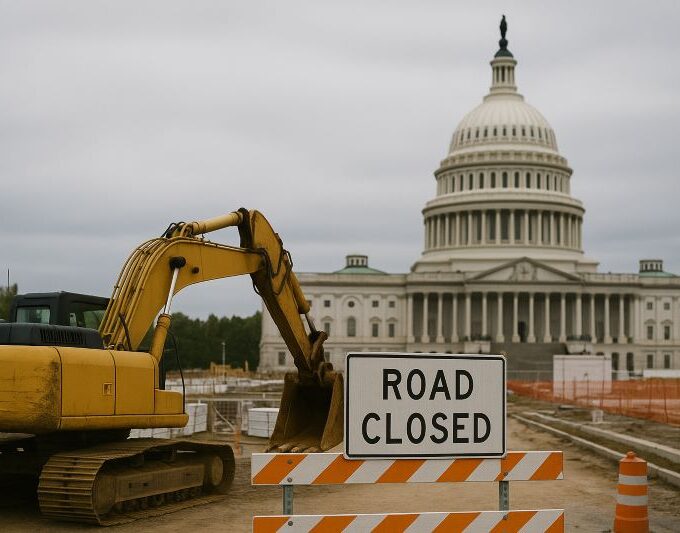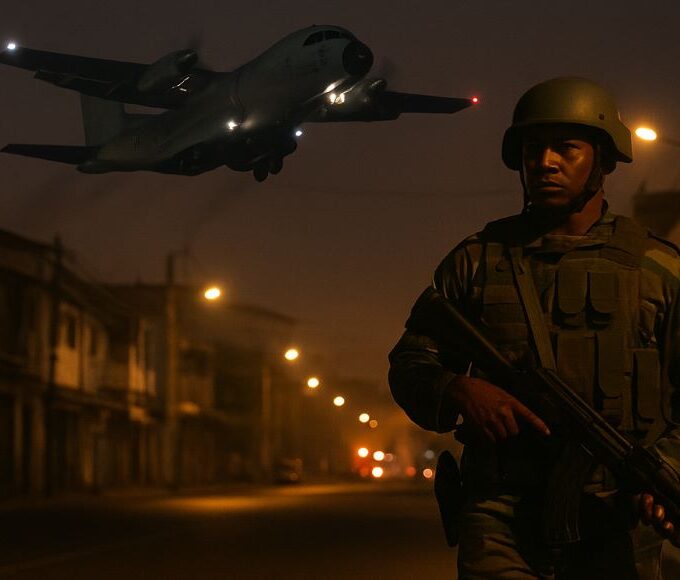Since its inception, the Panama Canal has played a critical role in the global strategic, economic, and military arenas. As a key waterway connecting the Pacific and Atlantic Oceans, control of the canal is critical to global trade and military operations. Historically, the U.S. had control of the Panama Canal for a long time, but over time, Panama has gradually gained sovereignty over this important waterway. Recent news that the U.S. military is developing a military plan to ‘take back’ the Panama Canal is quickly gaining international attention. This article examines the historical background of the Panama Canal, the current international situation, and the possibilities and challenges of this military plan.
Historical Background of the Panama Canal
Construction of the Panama Canal began in the late 19th century, initially initiated by the French, but then failed to be completed due to financial and technical problems. The United States gained control of the construction of the canal in Panama by supporting Panama’s independence from Colombia. In 1903, the United States signed an agreement with Panama to gain permanent control of the Canal Zone. It was not until 1977 that Panama and the United States signed the Panama Canal Treaty, in which the U.S. agreed to transfer control of the Canal to Panama by 1999, and the transfer was formally completed in 1999, marking Panama’s complete takeover of Canal management.
Current Geopolitical Environment
Although the Panama Canal has been taken over by Panama since 1999, the Canal’s strategic position remains unchanged. As one of the world’s most important shipping lanes, the Canal is of irreplaceable importance to global trade, energy transport, and the mobilization of military forces. The geopolitical value of the Panama Canal continues to be of great interest, especially in the context of today’s changing international situation.
In recent years, as China has risen to global economic and military prominence, the country’s cooperation with Panama has deepened. Panama established full diplomatic relations with China in 2017, and China has subsequently begun stepping up its infrastructure investments in Panama, including port construction and logistics development in the area surrounding the canal. This cooperation has made the United States increasingly nervous, especially at a time of increasing global strategic competition. The U.S. is wary of China’s expanding influence in Latin America, particularly in Panama, which it believes could threaten its strategic interests in the region.
In addition, the management of the Panama Canal remains central to the flow of global trade, and any country that controls or influences this passageway can occupy a significant position in the global economy. In order to maintain the security of this strategic asset, the U.S. naturally maintains a high level of interest in the control of the Canal, especially as calls to regain control of the Canal gradually increase as other major powers establish their influence in the vicinity of the Canal.

Background of the U.S. Military’s Development of Military Plans
With the changing international situation, particularly China’s growing partnership with Panama, the United States has begun to reexamine its strategic position in Central America. Although the United States no longer has direct jurisdiction over the control of the Panama Canal, it still maintains a strong military presence in the region.
There are reports that the U.S. military is developing a military plan for the Panama Canal that aims to ensure its dominance in global shipping and military operations. The core of this military plan is to ensure that if the security of the Panama Canal is threatened in the future, the U.S. will be able to act quickly to protect its global strategic interests. This plan of the U.S. military is not just motivated by considerations of economic interests, but more importantly, by the strategic needs of the U.S. in terms of global military power projection.
The United States has always viewed the Panama Canal as a key link in its global power projection. Through the Canal, the U.S. Navy can rapidly deploy troops between the Pacific and Atlantic Oceans. Control of the Panama Canal has become particularly important, especially in today’s complex international situation, including the rise of China, Russia’s military activities around the world, and unstable regional situations. This plan of the U.S. military may be a strategic response to possible geopolitical risks in the context of global great power games.
Challenges and Realistic Considerations
However, the U.S. plan to take back the Panama Canal by military means faces enormous challenges.
First, Panama, as an independent sovereign state, has long been internationally recognized for the legality of its takeover of the canal. Any military intervention would be met with strong international opposition, especially in Latin America, where historically many countries have been critical of U.S. military intervention.
Second, international law and treaties constrain U.S. actions. The Panama Canal Treaty, which entered into force in 1999, ensures Panama’s management and control of the canal. If the United States intervenes militarily, it will be seen as violating international law and undermining the global order, which will not only lead to the isolation of the United States in the international community but may also incur economic sanctions and diplomatic pressure.
In addition, although the management of the Panama Canal has been transferred to Panama, international trade around the Canal is still inseparable from U.S. support. Panama’s development of cooperation with China and other countries, while alarming to the US, maybe a more rational choice to control the canal through cooperation rather than military means.
Conclusion
While the impact of the Panama Canal on global economic and military strategy cannot be overstated, the possibility of the United States regaining control of the canal through military means remains relatively small. As the international situation changes and Panama’s sovereignty continues to strengthen, military intervention becomes significantly more difficult and risky. A more realistic approach is to ensure the openness and security of the Panama Canal through international cooperation, strategic alliances, and economic and diplomatic means. Although the United States military is in the process of developing a relevant military plan, whether this plan can be put into practice still depends on the international situation and the balance of interests of all parties.












